10 Ways Intel's New Kaby Lake Processors Help Partners Build 'The Modern PC'
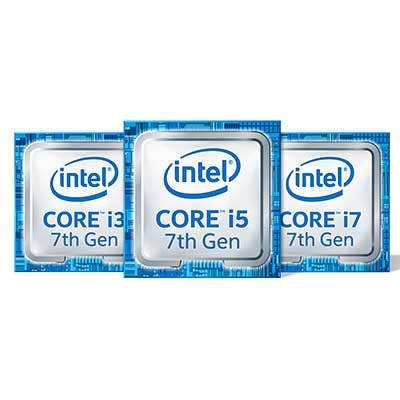
Keeping Up With The "Modern PC"
Intel on Tuesday debuted its new seventh-generation Core processors code-named "Kaby Lake."
Intel's new processors focus on four main aspects of the PC market: continued process and performance leadership, bringing UHD 4K to the mainstream, more experiences for more devices at more price points, and continued innovation in PC design and battery life.
The new seventh-generation processors include an Intel Core m3 processor and Intel Core i3, i5, and i7 processors. Intel said it expects OEMs to start shipping seventh-generation systems by the beginning of September.
The following are 10 features that make Kaby Lake chips a good pick for system builders to use in packing more performance and better graphics into their PCs for businesses and enthusiasts.
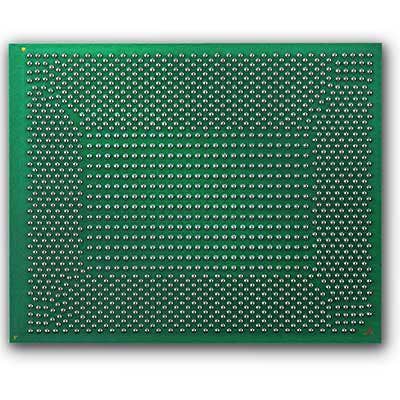
Performance Gains
Similar to Intel's sixth-generation Skylake processors, the Kaby Lake processors are manufactured on the 14nm process. These Core processors pack 10 times more performance and power efficiency than the first generation Core processor, said Intel.
Intel said its newest processors also feature increased productivity – for example, its 15W U-Series provides up to 12 percent productivity improvement over Intel's sixth-generation Core processor, as well as 19 percent increased Web performance over the Skylake processors.
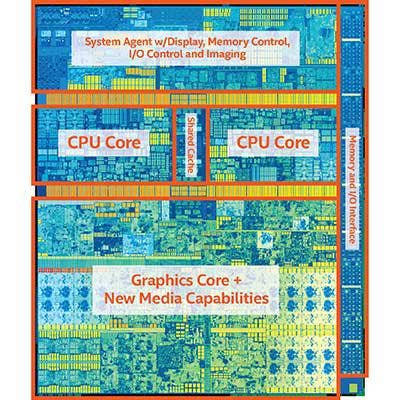
Mobile Productivity Jumps
Intel has focused on mobile productivity for its new Kaby Lake processors, saying that its seventh-generation Core processors pack 70 percent faster mobile productivity functions than a five-year-old PC.
For example, Kaby Lake system users can get their work done 1.7 times faster than those with a five-year-old PC, and they can also seamlessly create, edit and share 4K UHD videos up to 8.6 times faster.
In terms of gaming, users can play their favorite games, like Overwatch, in HD with up to three-times better performance than five-year-old PCs.
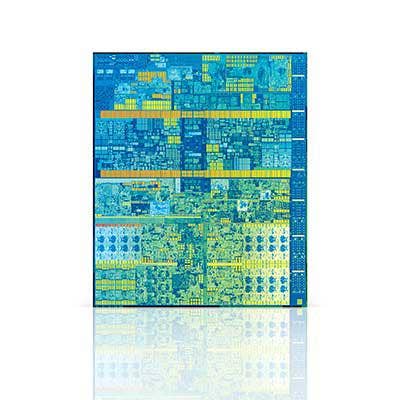
Better For 4K UHD Content
Intel has buffed up on its features in Kaby Lake to help users enjoy 4K UHD longer from anywhere. For example, with seventh-generation Core, users gain access to "all day 4K" battery life, enabling them to video stream 4K UHD for up to 9.5 hours.
While Intel Skylake processors feature only 4 hours of video battery life, Intel has extended that battery life for Kaby Lake processors up to 7 hours.
Finally, Intel has added support to Kaby Lake processors for additional formats of 4K 360 content streams, enabling better multi-video streaming on seventh-generation systems.
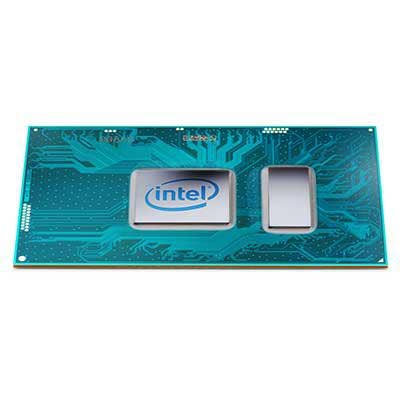
Better Graphics For Video
As part of its push for better experiences in gaming and virtual reality, Intel has invested further in graphics on its Kaby Lake processors.
Intel's HD Graphics improve its processors so users can watch, create, edit and share content. Intel has added a new media engine with power-efficient VP9 and HEVC 10-bit hardware acceleration capabilities, as well as improved 4K viewing and content creation.
According to Intel, its 3D graphics performance is 3.5 times better than those of a five-year-old PC.
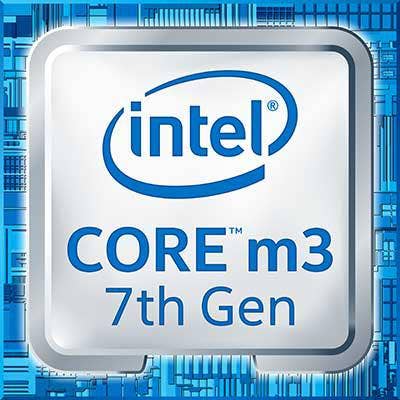
Y-Series Processor Specs
Intel's Y-Series Kaby Lake processors, including the Core i7-7Y75, i5-7Y54 and m3-7Y30, feature improvements for ultra-mobility, enabling thin and fan-less designs.
These processors all have two cores and four threads, and the i7 runs on a 1.3GHz base frequency, while the i5 runs on 1.2GHz and the m3 runs on 1GHz.
All three processors also have DDR3L memory at 1600 MHz and up to 1866 MHz of LPDDR3, as well as Hyper-Threading technology, smart cache and HD graphics.
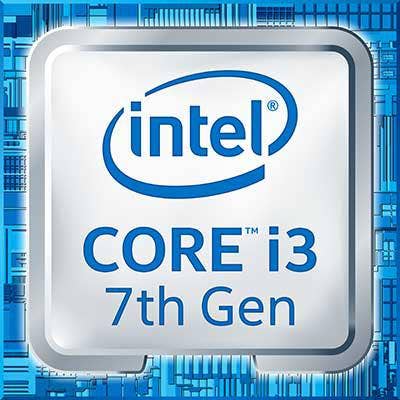
U-Series Processor Specs
Intel's U-Series, which is comprised of an Intel Core i7-7500U, i5-7200U and i3-7100U processors, focuses on enhancing productivity and creativity features for increasingly slim form factors.
All three processors have two cores and four threads. The i7 processor runs at 2.70 GHz base frequency, while the i5 runs at 2.5GHz and the i3 runs at 2.4GHz. These processors also have DDR4 memory.
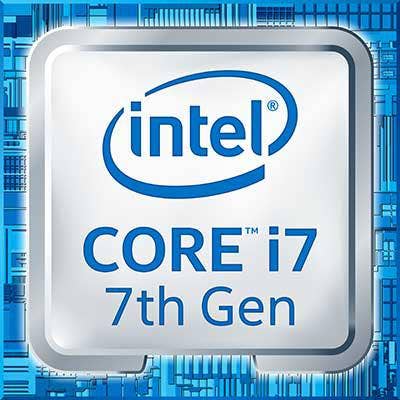
Security
On the security front, Intel's seventh-generation processors feature the Intel Secure Key tool. This feature is a security hardware-based random number generator that can be used for generating high-quality keys for encryption and decryption protocols.
In addition, Kaby Lake processors will have hardware-based integrity protection that helps prevent unauthorized software and malware takeover of system-critical boot blocks, providing an extra level of platform hardware-based security.
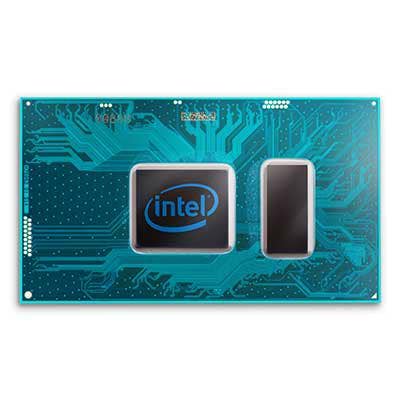
I/O support
The Kaby Lake processors offer third-generation PCIe support, providing higher data transfer rates of 8 GT/s – as opposed to 5 GT/s with second-generation PCIe. Intel's Rapid Storage technology also supports NVMe PCIe x4 solid state drives and is capable of utilizing third-generation PCIe speeds.
Intel Rapid Storage technology offers high levels of performance, responsiveness and expandability, while Dynamic Storage Accelerator unleashes maximum performance of SSD with multi-tasking, said Intel.
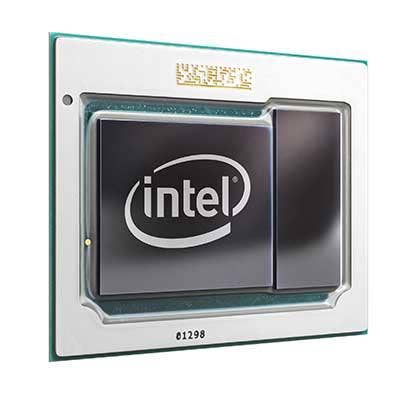
Added Features For Better Experiences And Form Factors
Intel's Kaby Lake processor-based PCs will continue to improve experiences with more Thunderbolt, 4K UHD and Windows Hello capable designs.
In addition, Intel Kaby Lake systems will continue to innovate on form factors, with convertible and clamshell designs as thin as 10mm, as well as fan-less detachables less than 7mm thin.
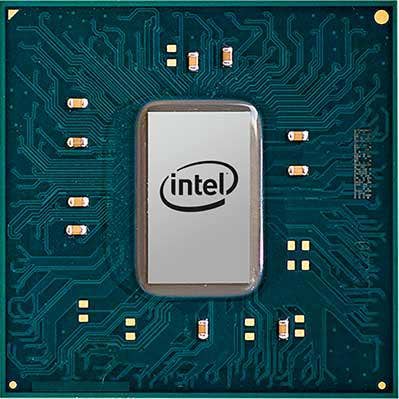
More Features Coming in January
In addition to releasing its seventh-generation Kaby Lake processors, Intel gave a preview of more features to come in January – including additional products for enterprise, workstations, Intel Iris Graphics and enthusiast notebooks and desktops.
Intel's Kaby Lake processors will also appear in additional "form factors across hundreds of designs" in January, according to Intel.